Investing in a new bike in the hope you will be able to increase your average speed might work, but there are some other options out there. Some don’t involve parting with any money at all. Basic free upgrades include improving posture, working on your technical riding skills, and strengthening your core muscle groups.
Working on those three areas alone can have dramatic effects on the length of time you’ll be able to stay in the saddle. Any improvement in your bike riding abilities that doesn’t cost any money is always a good move. Losing a bit of weight never hurt anyone’s ability to go faster or longer on their bike either. I’m just saying.
Don’t Buy A New Road Bike, Change The Wheels
Seriously, if you want to go faster and go for longer when you are out on the road, then perhaps the biggest single change you can make is to simply change the two big hoops at either end of your bike. Why? Because: Science.
1. The Science Behind It
The wheels on a bike carry both the mass of you, the rider, and the rotating and centrifugal forces associated with the barrier contact points between the rubber on your tires and the road surface along which you are propelling them.
So shaving just a few hundred grams from your wheels by investing in new ones can make all the difference to your ride. Lighter more aerodynamic wheels allow you to climb hills faster. You’ll get up to speed quicker thanks to a more efficient power transfer and once you’re there, it’ll be a higher speed than usual.
This improvement will be noticeable both up hills and on the flat. Better wheels will also be stiffer, offer more control, and make for a much more comfortable ride. In fact, I don’t personally think I can overstate just how much of a difference fitting a good set of wheels, and consequently a good set of tires will make to your ride. This concludes my basic guide to science.
If you really want to understand the science, you could do worse than follow this link here.
2. It Is Less Costly
Choosing a new set of wheels can be a daunting task. Thankfully pretty much all road wheels are the same size (700c), and you can literally just change them over in around 20 minutes and ride yourself. Or you can pay someone in your local bike shop to do it for you. Either works and either is a good option.
3. There Is More Variety
That said, there are a lot of different manufacturers out there offering a whole range of different wheelsets, and knowing what are your best options, isn’t always easy. As always, your first two ports of call on your search for more speed should be the Interbike and someone who knows what they’re talking about; most likely an expert in a local bike shop.
In basic terms, however, as with pretty much any decision when it comes to bikes, the fundamental questions apply: What kind of rider are you, and what type of riding do you intend to do? And most important of all, how much money do you want to spend? If your bike cost less than $1500, then even spending $300-$500 is going to reap dividends.
4. Fairly Indestructible
Cool, new wheels, new you, and out you go looking to break world records! No. Well, maybe. Kind of. Let me explain. Your bog standard basic wheels do come with one very big advantage. They’re fairly indestructible. If nothing else, they are quite likely to last a long time and require next to no TLC.
Yes, they are more than likely quite heavy, relatively speaking, compared to some custom-made $1000 carbon rims. But that weight is part of the reason they are next to bomb-proof. The materials they are made from are cheap and strong. So, that is one thing to consider before you upgrade.
Buying A New Set Of Wheels- What To Look For
When you do decide to upgrade, there are some things to be aware of when buying a new set of wheels.
1. Begin By Checking The Compatibility
Make sure first, that any new prospective wheels are compatible with your existing bike, especially if you order online. Secondly, consider the spoke count. Touring bike wheels, for example, will probably have quite a high spoke count, for strength, and will cross over where they meet the rim.
As a basic rule of thumb, the more aerodynamic a wheel is, the fewer spokes it will have, but, and it’s a big but, this will make the wheel more fragile overall.
2. Consider The Braking Surface
Braking surfaces are also something you want to consider, especially if you’re upgrading to carbon-based wheels. Carbon rims are normally only found on bikes designed for competition, and while lighter, you need to use carbon-friendly brakes made from a rubber and cork hybrid mix.
If you don’t do this, you are looking at an expensive time bomb. Carbon wheels when they break tend to, well, explode is such a strong word, but you get the picture.
The other downside to carbon wheels is that they don’t brake as fast as their aluminum counterparts. This can be countered with carbon frames that have an aluminum braking surface, but this also adds weight.
The other downside to carbon-framed wheels is that they aren’t as robust as aluminum-built ones. A decent set of aluminum wheels might be your best option if you’re not into competing at a high level. But that’s just my opinion.
3. What Is The Cost?
For most people, I would argue that a decent set of aluminum anywhere between $300 – $600, is your best bet. That price level, is generally, where most riders will see the most improvement in their average speed per dollar. It’s also where you will find a pair of wheels that will be light, but also robust and strong, and able to take a pounding.
4. What Sort Of Rims Do You Want?
Another thing to consider is that most road bikes come with shallow-depth rims, typically around 25mm. There’s nothing wrong with sticking with this depth of rim if you want to. Deeper-rimmed bikes of between 30-40 mm, are a little bit more aerodynamic, will be more lightweight, and offer a good advantage for those people who like to do a bit of serious racing.
Really deep rims, the ones that look cool and have a 50mm wall on them are really only designed with fast riders on the flat, though you can use them for riding hills if you really want to. However, they can be difficult to ride in crosswinds, so be warned.
The eagle-eyed among you will have noticed that I’ve hardly even mentioned the different tire options available to you. They also make a difference. But there’s another 2,000 words in that alone, and so it’s an article for a different time and a different day.
The Effect Of Capitalism
The forces of capitalism and the laws of supply and demand encourage bike manufacturers to keep their prices down. The basic set of wheels that come with a lot of bikes is one of the main ways that the major bike brands manage to keep the prices of bikes down.
This makes sense. Up until very recently, despite having owned a multitude of bikes over the years, I’d never given the wheels of my intended purchases more than a cursory inspection. The tires, yes, but never the actual round metal bit with spokes.
I suppose like most people, my main consideration was the quality of the frame, and how cool did I think it would make me look. Considering I’m now pushing 40 years of age, how cool I look in this instance should matter less, but, it doesn’t. This could be the onset of a mid-life crisis, but it doesn’t feel like the previous five or six I had in my early twenties, so I’m not sure.
Granted, once you get over a certain price point, the wheels that come with a bike are going to form a part of most bikers’ decision-making process. But for the rest of us, spending the guts of $3,000 and upwards on a bike it’s probably not really a consideration. At this kind of level, you’d expect some pretty decent wheels as standard.
The other point to be made is that at that level, you’re really beginning to enter the world of specialized riding, and that’s not what I’m talking about here. But wheels are one of the best upgrades you can make on a bike, and the difference should be noticeable immediately.
The basic wheels that come with a lot of factory-built bikes are only worth somewhere between $100-$150. By simply swapping them out for a basic $400 pair, and upwards, you’re going to notice a difference straight away. For a start, you could be shedding anything from 150g – 400g of rotational weight.
It may sound like a ridiculously small amount of mass to be losing for that kind of cash, but the difference is really noticeable, especially in acceleration and crucially I’ve always found, in braking. By way of a roundabout example, when you get a new tire fitted to your car, you’ll often see the mechanic adding little 5 and 10-g weights so that the tire is balanced. If one 5g weight can affect something that’s probably twice as heavy as a $1200 bike, then…. well, you know…
The Different Limiting Factors
So it’s me and not the bike? No, that’s not what I’m saying. All I’m saying is that sometimes the limiting factor in how fast and long anyone can ride is the rider and not the machine between their legs. That said, there is a huge difference between a $200 frame bike from Walmart and a $2000 carbon frame bike from a big-name bike brand. It’s a universal riding truth.
Upgrading your entire bike for one that might cost three or more times what your current road bike costs is going to probably show a remarkable difference in your riding performance. Of course, it will. It stands to reason. And at the end of the day, wheels are just wheels, right?
Well, yes, of course, they are, and no they are not. If this was an episode of Star Trek, we would refer to this as a paradox in much the same way that no matter how many hours I spend on a turbo trainer, I will never have a full head of hair ever again.
Life
But Life gets in the way of doing all the things you want to do with it. Most of us must work for a living. I spend three hours a day in total commuting. I also spend as much time with my kids as I can when I get home before I help with 50% of putting them to bed.
Then most nights, like tonight when I’m writing this, I spend time writing articles to help pay the bills and save for a new washing machine. That, and eating ice cream. I also ate lunch at McDonald’s today. What can I say, I like Big Macs.
Time
It’s not like when I was younger and I could spend my weekends either freebasing down trails in the evenings or heading out on 100 km rides with my buddies at the weekends.
Finding the time to time to train harder, longer, and faster can be an ordeal, and there’s only so much broccoli anyone can eat. On top of that, cycling isn’t always an easy sport. Wind resistance, rain, long winter nights, gravity that isn’t in your favor, and hand washing clothes, until the new washing machine arrives, can all work against you achieving the zen-like speed you are looking for.
So sometimes, the idea of buying yourself a new bike that’s lighter and more expensive than the one you already have seems like it could make all the difference.
Money
If money is no option for you then sure go ahead, and buy yourself a more expensive bike than the one you currently have. But understand that going out and buying a new bike at roughly the same or marginally more expensive price point than your current model, is at best, probably only going to give you an incremental advantage and marginal speed improvement over your current averages.
While that sounds like it really sucks, there is a good alternative option out there, you might not have tried…
The Law Of Diminishing Returns: My Opinion
In general terms, the lighter and more expensive the wheel, the more care you need to take with it. That’s another advantage of your basic relatively cheap wheel sets. If you do bust them on a badly surfaced road, it’s not that much of a worry, and there’s every chance they’ll hold some of their structural integrity. If say, however, you bang a set of $1000 carbon wheels on a pothole, it’s going to ruin your day, financially speaking, and be a long walk home.
In theory that should mean that every $100 you spend over a certain price point should see a corresponding increase in acceleration and speed when you buy new wheels. The reality is that it’s a law of diminishing returns. The difference between the $150 basic wheels that came with your bike, and a pair of $600-$1000 wheels will probably be remarkable.
But the difference between a $1500 pair and a $3000 is only really going to be noticeable if you are looking to shave seconds off a serious long race or are competing in some sort of elite Iron-man competition.
Otherwise, the difference is truly going to be marginal. If you are looking for that kind of advice at that level, then, boy, have you wasted your time reading this far down the page. My apologies to you, and good luck in your search.
Conclusion
I’ll try and summarize. In the first instance, consider training harder, improving your technique, and eating more vegetables. In the second instance, research the best wheels that still suit your riding style, and know what it is you are trying to achieve before you go and buy new wheels.
There is a lot of choice out there. But by far the best advice I can give you is to do your research. So, don’t buy a new road bike, change the wheels. It’s something to consider anyway.
Also Read:
Should you have any questions or require further clarification on the topic, please feel free to connect with our expert author Euan Viveash by leaving a comment below. We value your engagement and are here to assist you.

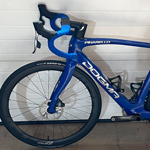


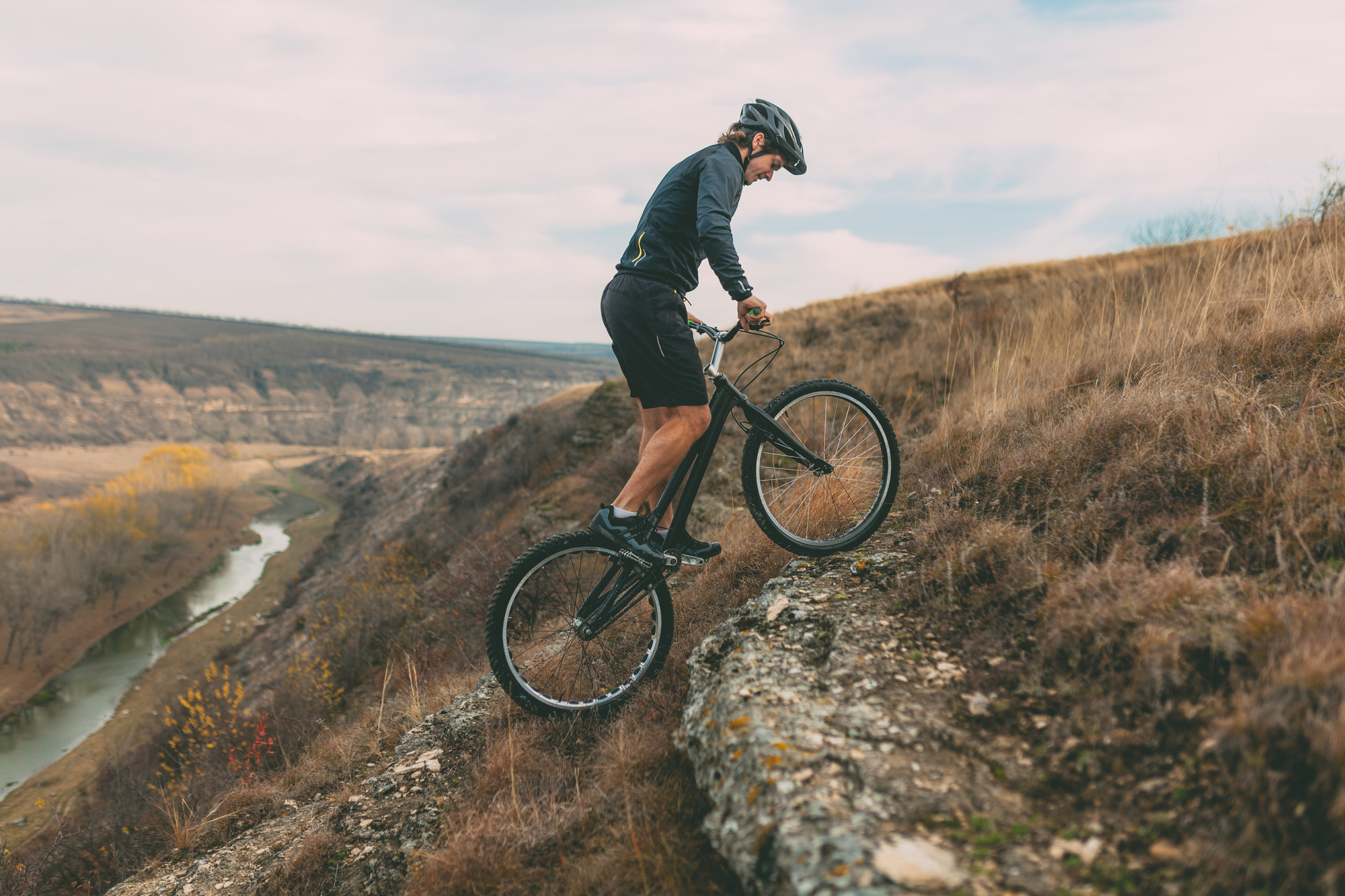

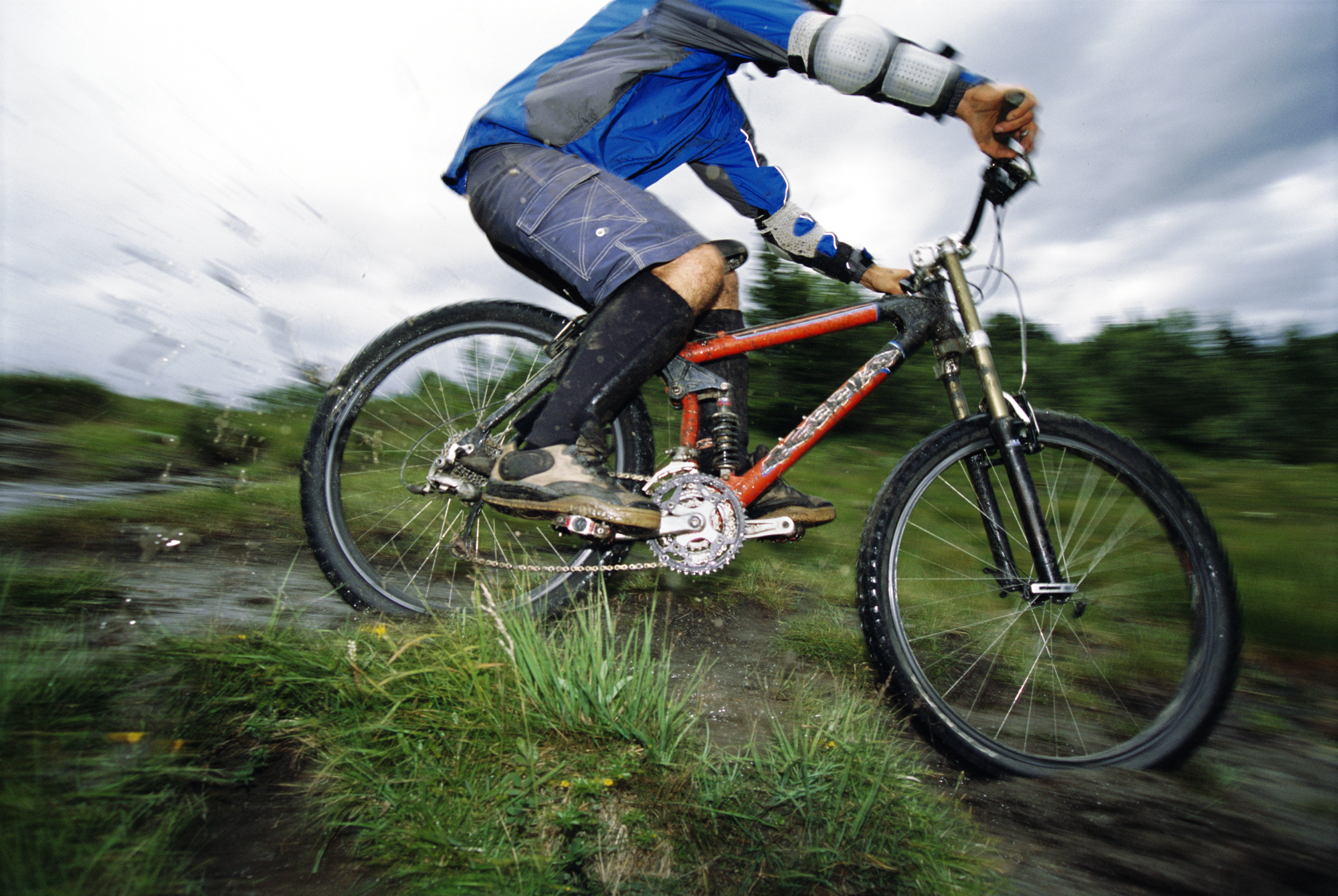


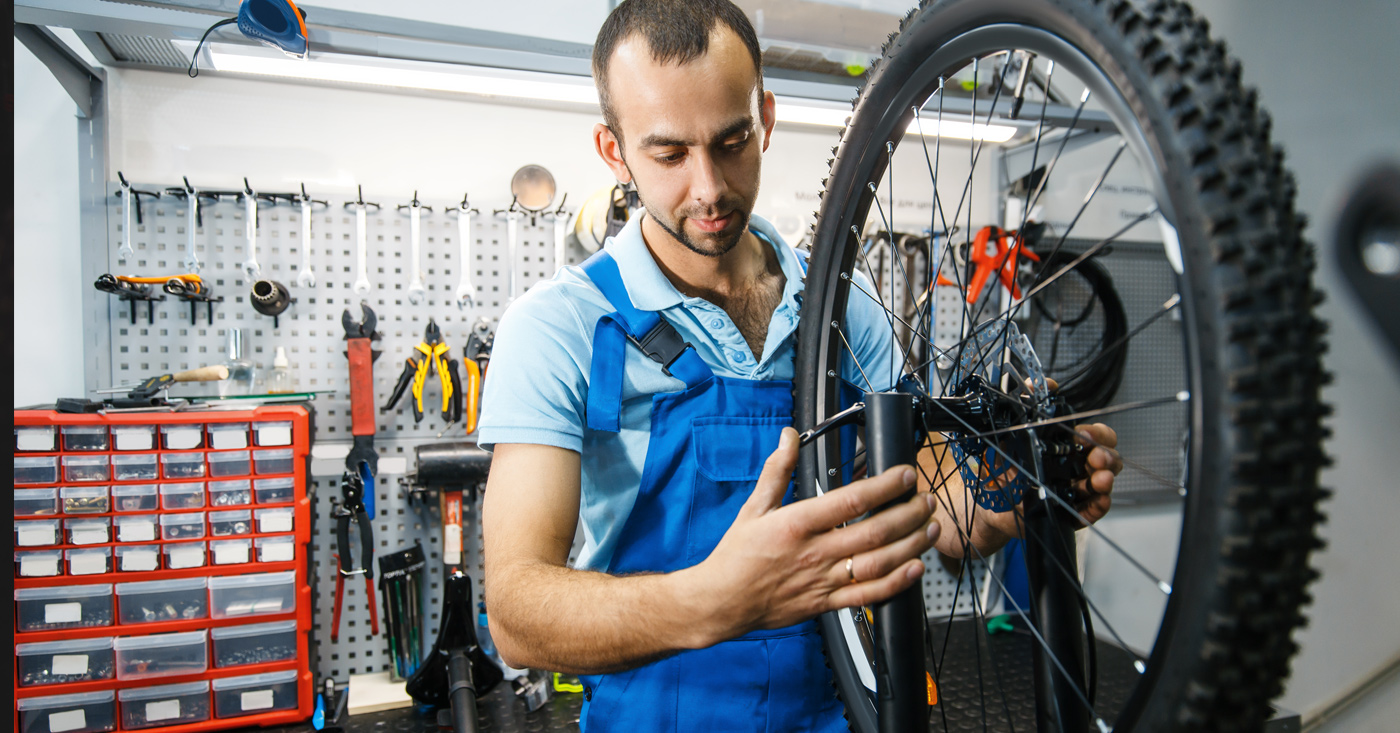
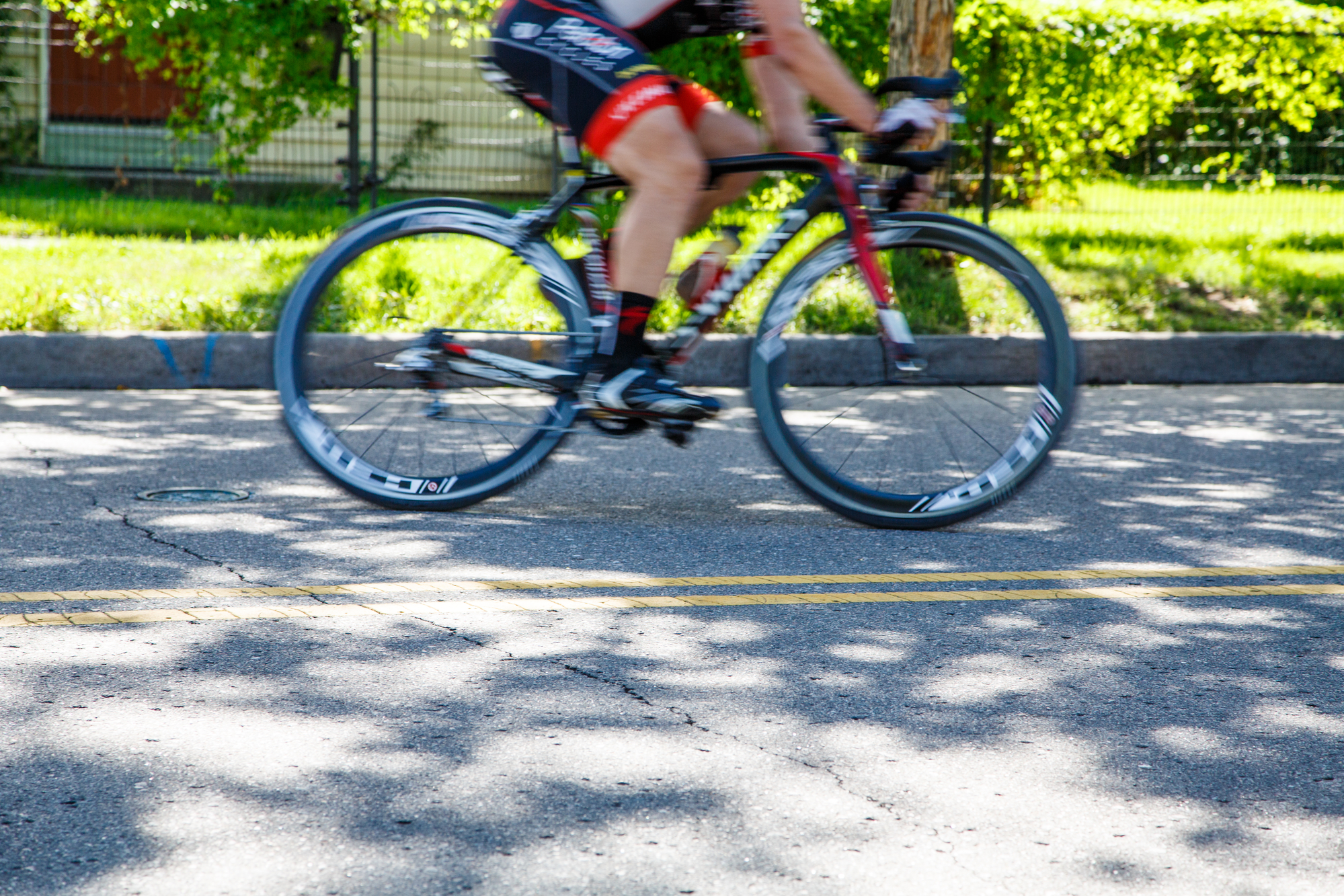
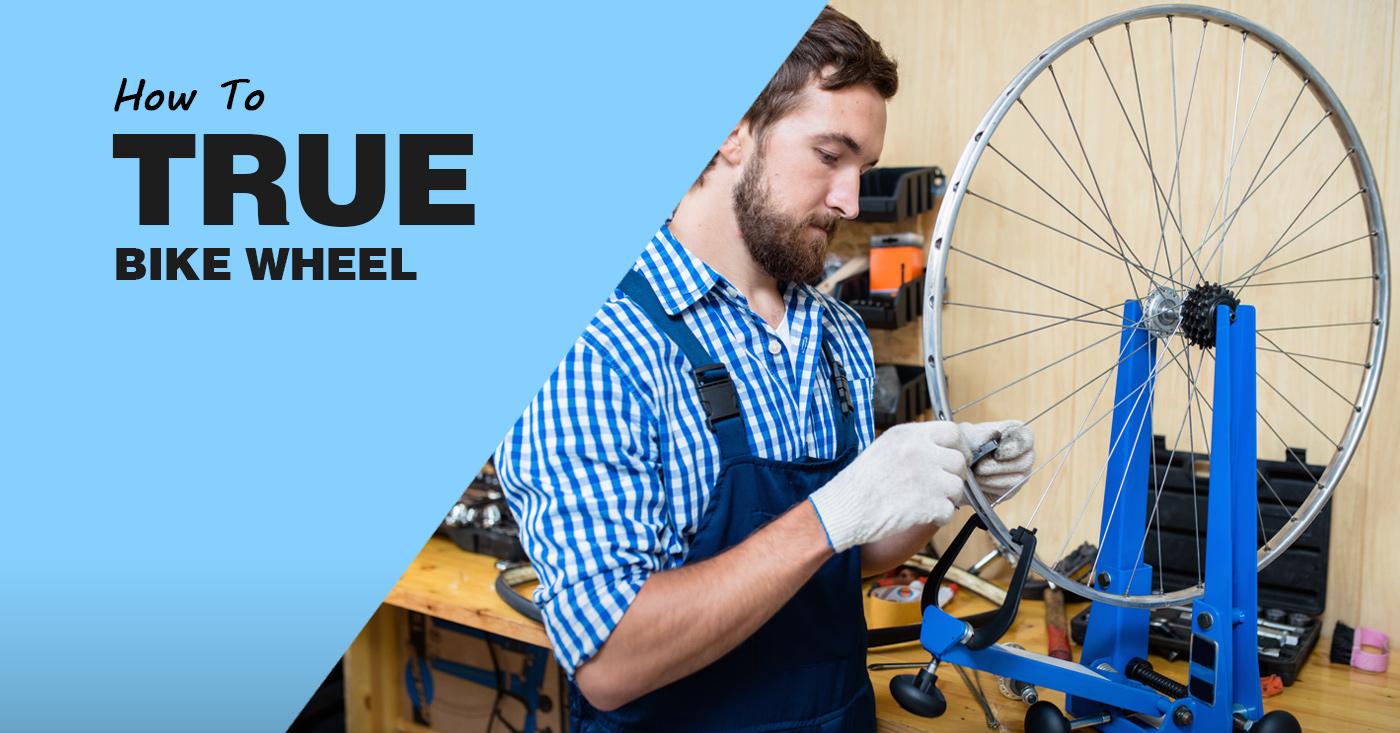
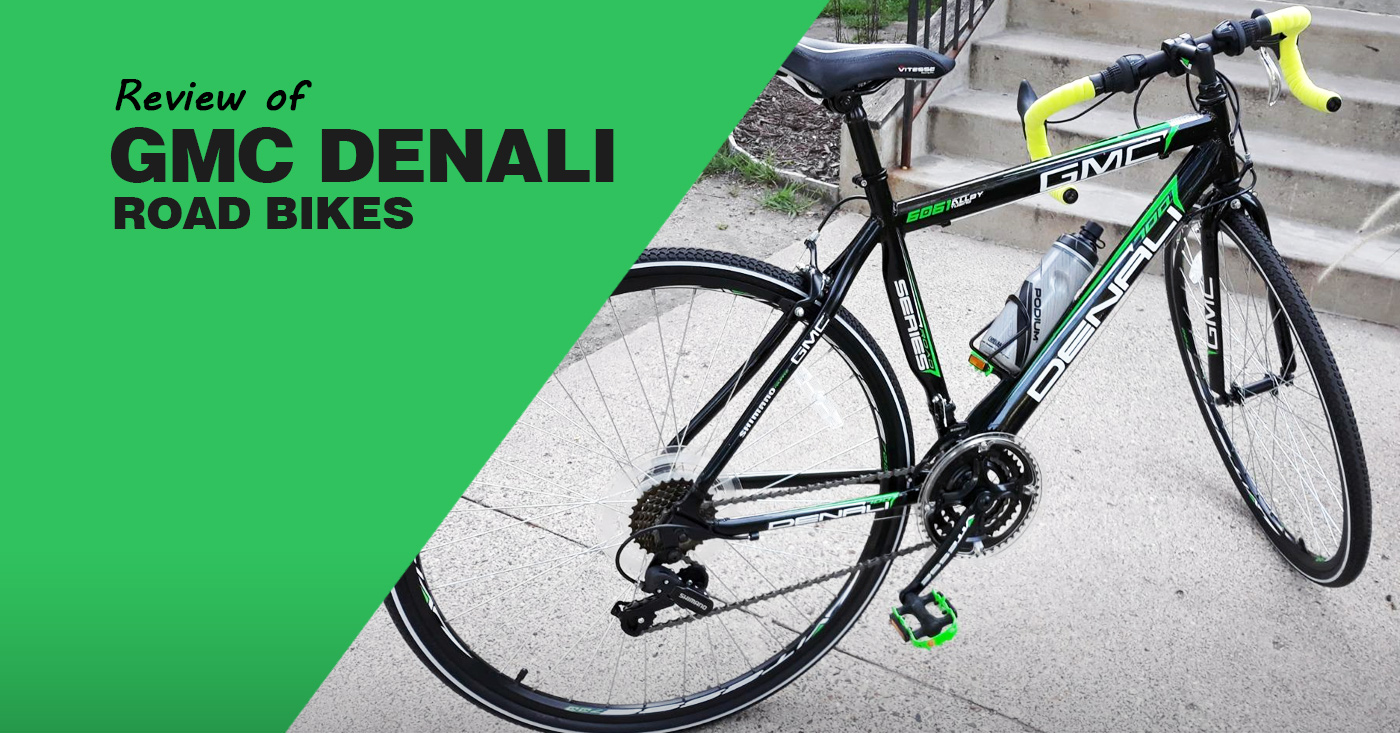
3 thoughts on “Don’t Buy A New Road Bike, Change The Wheels”
Excellent article.
I’ve been looking for this type of information for who does not understand a lot about wheels and deep details about bikes… I’m a regular road rider who does some spritives and groups rides looking for an upgrade or new bike 👍🏻
Hey Rafael,
Upgrade by changing your wheels and you’ll definitely notice difference. Let us know how it goes. Cheers!
Hey Rafael,
Upgrade by changing your wheels and you’ll definitely notice the difference. Let us know how it goes. Cheers!